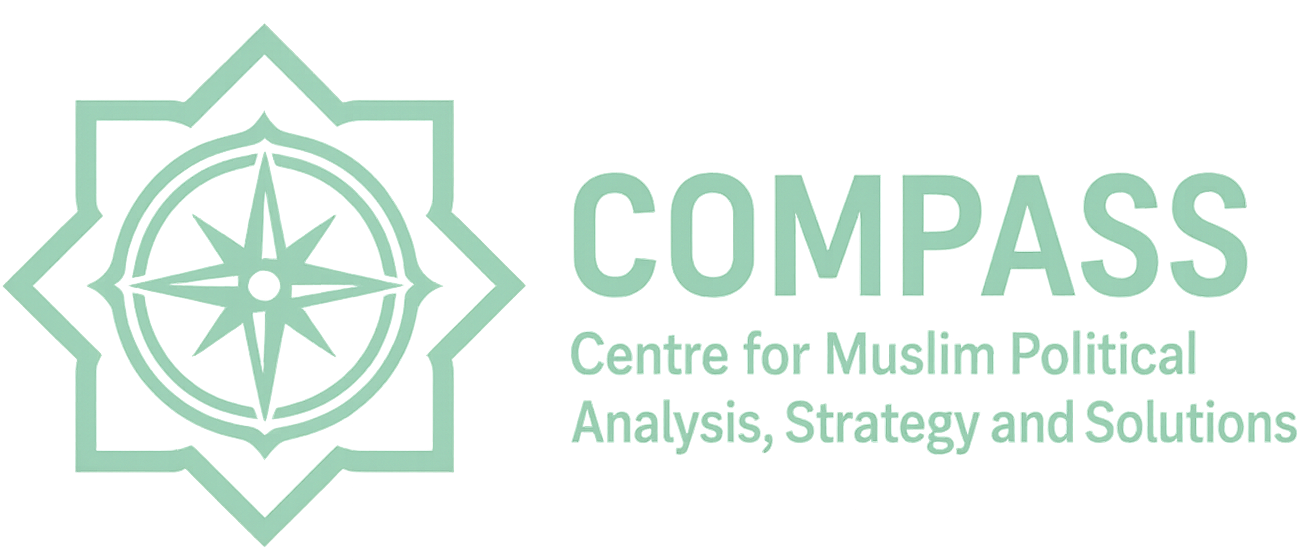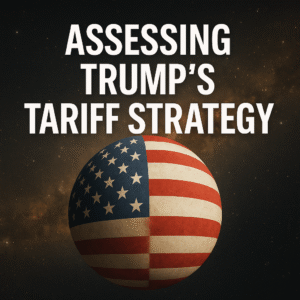Geopolitical Briefing: Central Asia
2 June 2025
- Russia’s Rosatom and Uzbekistan signed a feasibility agreement for a high-capacity nuclear plant; Kazakhstan also enlisted Rosatom to lead its first nuclear power project.
- Chinese President Xi Jinping ratified a “treaty of permanent good‑neighbourliness and friendly cooperation” with all five Central Asian states in Astana.
- A China–Kyrgyzstan–Uzbekistan railway project (~USD 8 billion) was formally launched, with construction starting July 2025.
- Kyrgyzstan’s Osh removed Central Asia’s tallest Lenin statue; former President Atambayev was sentenced in absentia to 11 years.
- Tajikistan and China agreed to form a joint AI working group and expand direct flights between Dushanbe and Beijing.
¹ Russia’s Rosatom advances nuclear cooperation in Uzbekistan and Kazakhstan
On 20 June 2025, at the St. Petersburg Economic Forum, Rosatom signed with Uzbekistan’s atomic energy agency to assess building a nuclear power plant featuring two Russian VVER‑1000 reactors, with potential expansion. Simultaneously, Kazakhstan appointed Rosatom to lead its first nuclear facility using VVER‑1200 reactors (asiaplustj.info, reuters.com, reuters.com, newscentralasia.net, en.wikipedia.org). This marks the first nuclear project in ex‑Soviet Central Asia, enhancing both nations’ energy autonomy while deepening Russia’s influence—counterbalancing Chinese BRI pressure and bolstering internal state control over new strategic assets.
² China cements strategic integration via Astana treaty
On 17 June 2025, Chinese President Xi and leaders of Kazakhstan, Kyrgyzstan, Tajikistan, Turkmenistan, and Uzbekistan signed a multilateral treaty of “permanent good‑neighbourliness and friendly cooperation” in Astana (reuters.com). The document accelerates infrastructure, trade, energy, railway, and visa integration—with China offering ~¥1.5 billion in grants and pushing for a Kyrgyz‑Uzbek railway bypassing Russia. This consolidates China’s geoeconomic influence in Central Asia as a core BRI region, reinforcing trade route entrenchment and advancing regional political alignment with Chinese strategic interests.
³ China–Kyrgyzstan–Uzbekistan railway project breaks ground
A plan for an $8 billion China–Kyrgyzstan–Uzbekistan railway was officially unveiled in the second China–Central Asia summit—construction slated to begin in July 2025, completing by 2030 (newscentralasia.net). This marks a concrete advancement from previous summits, launching physical infrastructure embodying Chinese-led Eurasian connectivity. The railway promises significant transportation autonomy for Central Asia, reducing dependence on Russia’s routes and deepening integration with Chinese commerce networks.
⁴ Kyrgyzstan removes Lenin statue and jails ex‑President Atambayev
In early June 2025, the city of Osh dismantled a 23‑meter Lenin statue—Central Asia’s tallest—as part of urban revamp, signaling further de‑Sovietisation (apnews.com). On 3 June, former President Almazbek Atambayev received an 11-year prison sentence in absentia on corruption charges (en.wikipedia.org). These moves reflect Kyrgyz authorities’ efforts to purge Soviet/Russian symbolism and consolidate domestic political control—reshaping identity and reinforcing independent governance.
⁵ Tajikistan and China launch AI working group and direct flights link
On 17–18 June 2025, authorities in Dushanbe and Beijing inaugurated a bilateral program on trade, economic cooperation through 2030—including establishing a joint AI working group—and launched a direct Dushanbe–Beijing flight route (qazinform.com). This deepens technological and infrastructural ties with China, supporting Central Asia’s digital modernisation under BRI assistance, while fortifying foreign connectivity and diminishing dependence on Western tech systems.


